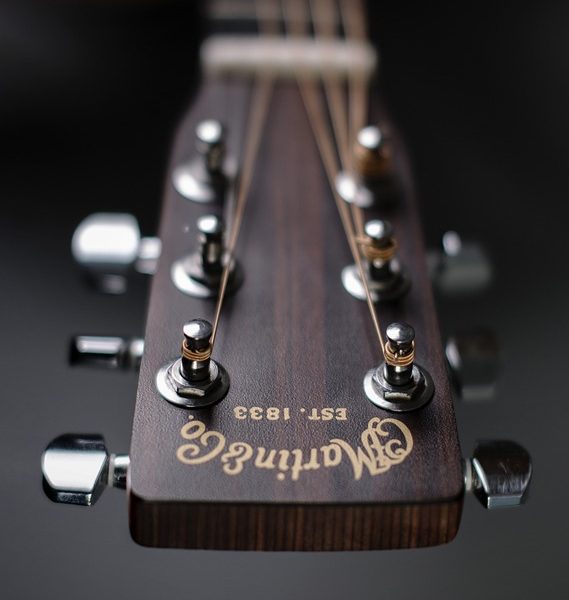Master the classics: A complete guide to guitar chords for pop standards
Master the Classics: A Complete Guide to Guitar Chords for Pop Standards
As a guitarist, mastering the classic pop standards is essential in building a versatile repertoire and solidifying your skills. Understanding and being able to play a variety of chord progressions will not only improve your playing ability but also open up opportunities to play in different genres and styles. In this comprehensive guide, we will delve into the essential guitar chords for popular songs, breaking down the theory behind them and providing tips on how to execute them effectively.
1. The Basics of Guitar Chords
Before we dive into specific chord progressions, it’s important to have a basic understanding of how guitar chords are constructed. Chords are made up of three or more notes played simultaneously, typically consisting of a root note, a third, and a fifth. These notes can be played in various combinations and voicings to create different sounds and textures.
2. Common Chords in Pop Music
Pop standards often feature a mix of major and minor chords, as well as seventh chords and suspensions. Some common chord types you’ll encounter in pop songs include:
– Major chords (e.g., C, G, D)
– Minor chords (e.g., Am, Em, Dm)
– Seventh chords (e.g., Cmaj7, G7, Dm7)
– Suspended chords (e.g., Csus4, Asus2)
Understanding how these chords are used in popular songs will help you navigate the chord progressions with ease.
3. Mastering Chord Progressions
One of the key components of playing pop standards is mastering chord progressions. A chord progression is a series of chords played in a specific order, creating the harmonic structure of a song. Some common chord progressions used in pop music include:
– I-IV-V (e.g., C-F-G)
– vi-IV-V-I (e.g., Am-F-G-C)
– ii-V-I (e.g., Dm-G-C)
– I-V-vi-IV (e.g., C-G-Am-F)
Learning these progressions and practicing them in different keys will help you become more comfortable with playing a variety of pop songs.
4. Chord Voicings and Inversions
Experimenting with different chord voicings and inversions can add depth and complexity to your playing. Chord voicings refer to the arrangement of notes within a chord, while inversions involve changing the order of the notes. By exploring different voicings and inversions, you can create more interesting and dynamic sounds in your playing.
5. Practice Tips for Mastering Guitar Chords
Consistent practice is essential for mastering guitar chords. Here are some tips to help you improve your chord playing skills:
– Practice chord changes slowly and deliberately to ensure accuracy.
– Use a metronome to work on timing and rhythm.
– Experiment with different strumming patterns to add variety to your playing.
– Practice playing chords in different positions on the fretboard to improve your fretboard knowledge.
6. Resources for Learning Guitar Chords
There are numerous resources available to help you master guitar chords, including chord charts, online tutorials, and instructional books. Additionally, studying the chord progressions of your favorite pop songs and learning to play them by ear can be a valuable tool for improving your chord-playing skills.
7. Applying Guitar Chords to Pop Standards
Now that you have a solid foundation in guitar chords, it’s time to put your skills to the test by applying them to popular pop standards. Some classic songs to try out include:
– “Wonderwall” by Oasis (featuring chords like Em7, G, Dsus4, A7sus4)
– “Hallelujah” by Leonard Cohen (featuring chords like C, Am, F, G)
– “Hey Jude” by The Beatles (featuring chords like F, G, C, G7)
– “Let It Be” by The Beatles (featuring chords like C, G, Am, F)
– “Hotel California” by The Eagles (featuring chords like Am, E, G, D)
By studying the chord progressions of these songs and practicing them regularly, you’ll be well on your way to mastering the classics and becoming a more versatile guitarist.
In conclusion, mastering guitar chords for pop standards is an essential skill for any guitarist looking to expand their repertoire and improve their playing abilities. By understanding basic chord theory, practicing chord progressions, experimenting with voicings and inversions, and applying your skills to popular songs, you can elevate your playing to the next level. With dedication and practice, you’ll soon be playing your favorite pop standards with confidence and flair.






